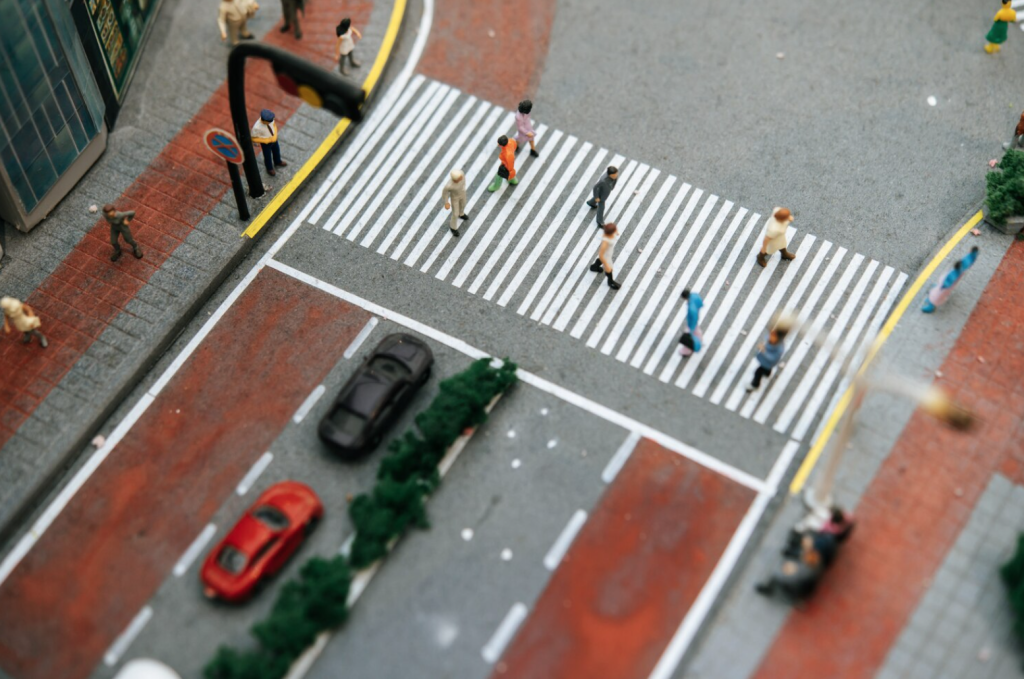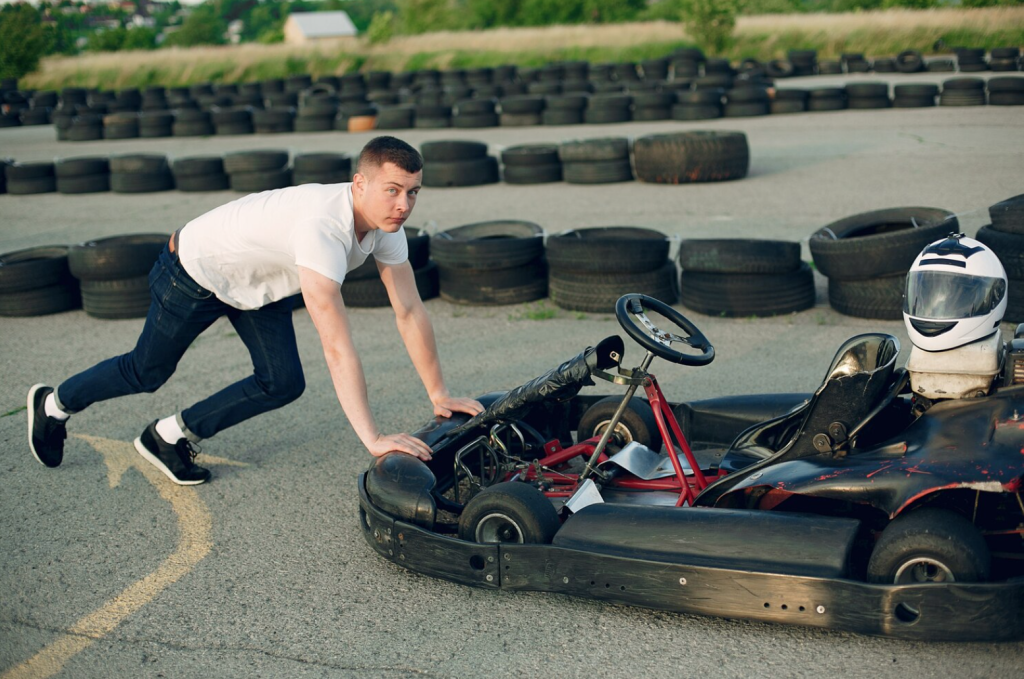Introduction: Installing a roll cage is one of the most crucial safety enhancements for any racing vehicle. A properly installed roll cage provides structural reinforcement and protection in the event of a crash or rollover, significantly reducing the risk of injury to the driver. While the process may seem daunting, with the right tools, materials, and know-how, installing a roll cage can be accomplished effectively and safely. In this step-by-step guide, we’ll walk you through the process of installing a roll cage, ensuring the utmost safety for you and your racing vehicle.
- Gather Materials and Tools:
- Roll cage kit: Purchase a roll cage kit designed specifically for your vehicle make and model.
- Welding equipment: Obtain a MIG welder, welding helmet, gloves, and other necessary welding accessories.
- Cutting tools: Have a reciprocating saw or tubing notcher for cutting and shaping tubing.
- Measuring tools: Use a tape measure, level, and angle finder for precise measurements and alignment.
- Safety gear: Wear appropriate safety gear including safety glasses, ear protection, and a dust mask.
- Preparing the Vehicle:
- Remove interior components: Strip the interior of the vehicle, including seats, carpeting, and trim panels, to access the chassis.
- Clean and prep chassis: Thoroughly clean and prep the chassis surfaces where the roll cage will be welded for optimal adhesion.
- Position the cage: Position the roll cage components inside the vehicle, ensuring proper fit and alignment with chassis mounting points.
- Cutting and Fitting Tubing:
- Measure and cut tubing: Use the provided tubing as a guide to measure and cut each section to the appropriate length.
- Notch tubing for joints: Use a tubing notcher or grinder to notch the ends of tubing for precise joints and welds.
- Dry fit components: Assemble the roll cage components inside the vehicle to verify fitment and make any necessary adjustments.
- Welding the Roll Cage:
- Welding sequence: Begin welding the roll cage components together according to the manufacturer’s instructions, starting with the main hoop and proceeding to the front and rear braces.
- Welding technique: Employ proper welding techniques, ensuring consistent bead penetration and smooth, strong welds.
- Weld all joints: Weld all tubing joints securely, paying close attention to critical areas such as door bars and harness mounts.
- Reinforcing and Bracing:
- Install gussets and reinforcements: Add gussets and reinforcements at key stress points to strengthen the roll cage structure.
- Brace connections: Add additional braces between main structural components for added rigidity and safety.
- Check for clearance: Ensure that all roll cage components provide adequate clearance for the driver, seating position, and safety equipment.
- Finishing Touches:
- Grind and clean welds: Grind down welds to a smooth finish and clean any welding slag or debris from the roll cage.
- Paint or powder coat: Apply a coat of paint or powder coat finish to protect the roll cage from corrosion and enhance its appearance.
- Reinstall interior components: Reinstall interior components, taking care to route wiring and harnesses around the roll cage for a clean and professional finish.
- Final Inspection and Testing:
- Inspect welds: Perform a thorough inspection of all welds and connections to ensure they are structurally sound and free of defects.
- Perform fitment test: Sit in the vehicle and adjust the seating position to ensure proper clearance and comfort with the roll cage installed.
- Test drive: Conduct a test drive at low speeds to verify the stability and safety of the roll cage before taking the vehicle on the track.
Conclusion: Installing a roll cage is a significant undertaking that requires careful planning, precision, and attention to detail. By following this step-by-step guide and adhering to safety protocols, you can install a roll cage that provides maximum protection and peace of mind for your racing endeavors. Remember, safety should always be the top priority when modifying a racing vehicle, and a properly installed roll cage is an essential component in ensuring the safety of both the driver and the vehicle.



